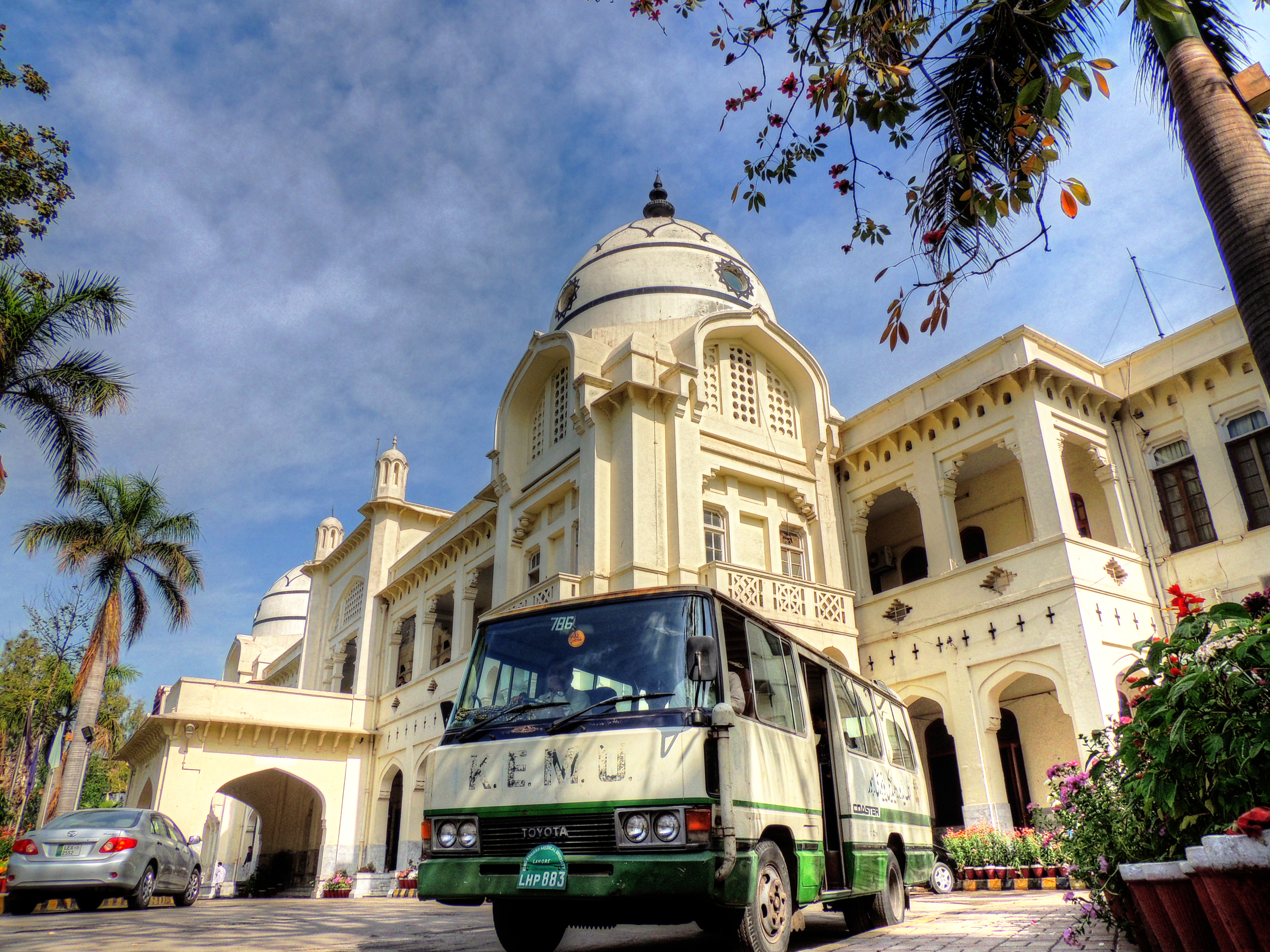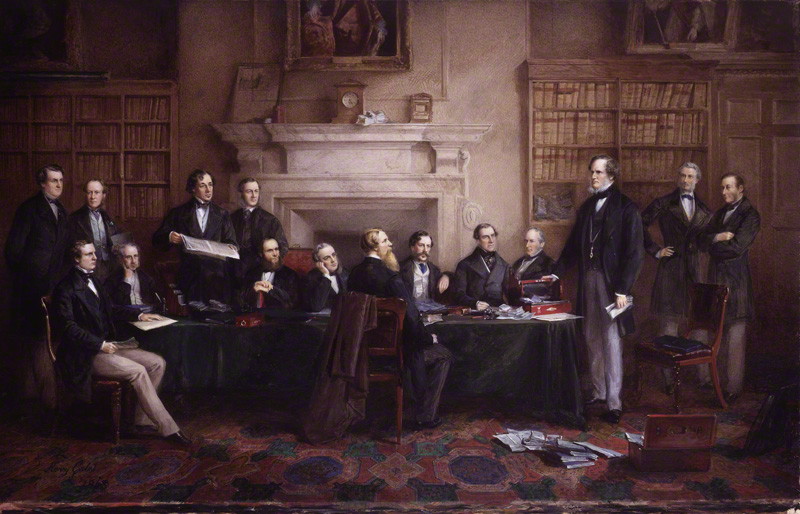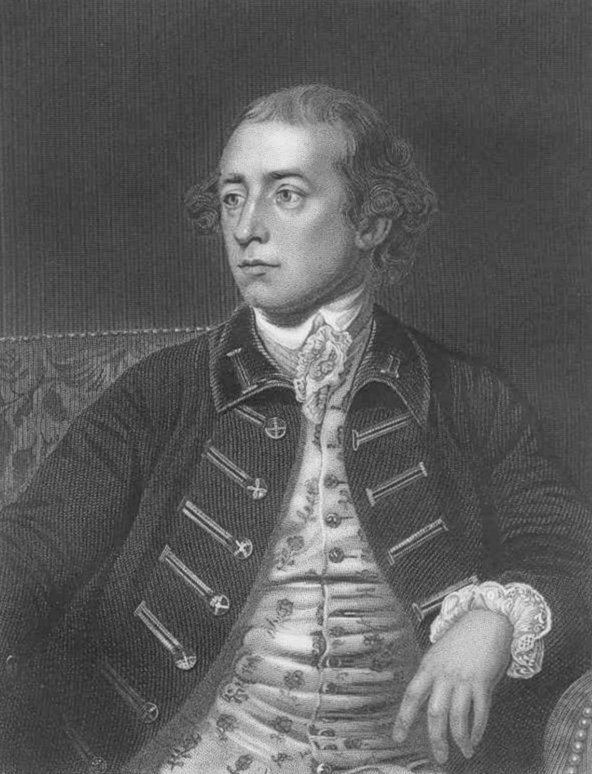|
Mayo Hospital
Mayo Hospital ( Punjabi, Urdu: ); is one of the oldest and largest hospitals in Lahore, Punjab, Pakistan. King Edward Medical University, one of the oldest medical institutions in South Asia, is attached to Mayo Hospital. Mayo Hospital is located in the heart of Old Lahore, and provides free treatment to almost all admitted patients as part of a government policy. The hospital stretches over a land of 54.6 acres (0.22 km2; 0.085 sq mi). It underwent a major overhaul recently, during which many of its departments were renovated to give the hospital a modern look. It includes the Accident and Emergency Department Building, the Paediatrics Department Building, and the Eye Department Building. History The hospital building was completed in 1870 at a cost of Rs 150'000 and it began operating in 1871. The hospital is named after the then Viceroy of British India, "Richard Bourke, 6th Earl of Mayo" also locally known as Lord Mayo. This hospital was to serve the needs of the 70,000 pe ... [...More Info...] [...Related Items...] OR: [Wikipedia] [Google] [Baidu] |
King Edward Medical University
King Edward Medical University (Punjabi language, Punjabi, Urdu: ; commonly abbreviated as KEMU) is a Public university, public Medical school, medical university located in Lahore, Punjab, Pakistan, Punjab, Pakistan. It was established as ''Lahore Medical School'' during the British Raj in 1860 and is named after King Edward VII. In 1868, Trinity College Dublin granted students of the Lahore Medical School "privilege similar to the granted to students from English schools". In 1871, the university added Mayo Hospital as an affiliated hospital, replacing the existing Anarkali Dispensary. The same year the college became an affiliate of University of the Punjab, while in 1887, the university added Lady Aitchison Hospital as a second teaching hospital. After Pakistan's independence, the university became the only medical college in the province and in 2005 became a charter to award degrees in its own right. It has since gone through expansion, and oversees seven tertiary referral ... [...More Info...] [...Related Items...] OR: [Wikipedia] [Google] [Baidu] |
British India
The provinces of India, earlier presidencies of British India and still earlier, presidency towns, were the administrative divisions of British governance in South Asia. Collectively, they have been called British India. In one form or another, they existed between 1612 and 1947, conventionally divided into three historical periods: *Between 1612 and 1757, the East India Company set up "factories" (trading posts) in several locations, mostly in coastal India, with the consent of the Mughal emperors, Maratha Empire or local rulers. Its rivals were the merchant trading companies of Portugal, Denmark, the Netherlands, and France. By the mid-18th century three ''Presidency towns'': Madras, Bombay and Calcutta, had grown in size. *During the period of Company rule in India, 1757–1858, the Company gradually acquired sovereignty over large parts of India, now called "Presidencies". However, it also increasingly came under British government oversight, in effect sharing sovereig ... [...More Info...] [...Related Items...] OR: [Wikipedia] [Google] [Baidu] |
Hospitals In Lahore
A hospital is a healthcare institution providing patient treatment with specialized health science and auxiliary healthcare staff and medical equipment. The best-known type of hospital is the general hospital, which typically has an emergency department to treat urgent health problems ranging from fire and accident victims to a sudden illness. A district hospital typically is the major health care facility in its region, with many beds for intensive care and additional beds for patients who need long-term care. Specialized hospitals include trauma centers, rehabilitation hospitals, children's hospitals, geriatric hospitals, and hospitals for specific medical needs, such as psychiatric hospitals for psychiatric treatment and other disease-specific categories. Specialized hospitals can help reduce health care costs compared to general hospitals. Hospitals are classified as general, specialty, or government depending on the sources of income received. A teaching hospital campus c ... [...More Info...] [...Related Items...] OR: [Wikipedia] [Google] [Baidu] |
Phantom Limb
A phantom limb is the sensation that an amputated or missing limb is still attached. It is a chronic condition that is often resistant to treatment. When the cut ends of sensory fibres are stimulated during thigh movements, the patient feels as if the sensation is arising from the non-existent limb. Sometimes, the patient might feel pain in the non-existent limb. Approximately 80–100% of individuals with an amputation experience sensations in their amputated limb. However, only a small percentage will experience painful phantom limb sensations (phantom pain). These sensations are relatively common in amputees and usually resolve within two to three years without treatment. Research continues to explore the underlying mechanisms of phantom limb pain (PLP) and effective treatment options. Signs and symptoms Most (80–100%) amputees experience a phantom limb, with some of them having non-painful sensations. The amputee may feel very strongly that the phantom limb is still part ... [...More Info...] [...Related Items...] OR: [Wikipedia] [Google] [Baidu] |
Middle Ages
In the history of Europe, the Middle Ages or medieval period lasted approximately from the 5th to the late 15th centuries, similarly to the post-classical period of global history. It began with the fall of the Western Roman Empire and transitioned into the Renaissance and the Age of Discovery. The Middle Ages is the middle period of the three traditional divisions of Western history: classical antiquity, the medieval period, and the modern period. The medieval period is itself subdivided into the Early, High, and Late Middle Ages. Population decline, counterurbanisation, the collapse of centralised authority, invasions, and mass migrations of tribes, which had begun in late antiquity, continued into the Early Middle Ages. The large-scale movements of the Migration Period, including various Germanic peoples, formed new kingdoms in what remained of the Western Roman Empire. In the 7th century, North Africa and the Middle East—once part of the Byzantine Empire� ... [...More Info...] [...Related Items...] OR: [Wikipedia] [Google] [Baidu] |
Italy
Italy, officially the Italian Republic, is a country in Southern Europe, Southern and Western Europe, Western Europe. It consists of Italian Peninsula, a peninsula that extends into the Mediterranean Sea, with the Alps on its northern land border, as well as List of islands of Italy, nearly 800 islands, notably Sicily and Sardinia. Italy shares land borders with France to the west; Switzerland and Austria to the north; Slovenia to the east; and the two enclaves of Vatican City and San Marino. It is the List of European countries by area, tenth-largest country in Europe by area, covering , and the third-most populous member state of the European Union, with nearly 59 million inhabitants. Italy's capital and List of cities in Italy, largest city is Rome; other major cities include Milan, Naples, Turin, Palermo, Bologna, Florence, Genoa, and Venice. The history of Italy goes back to numerous List of ancient peoples of Italy, Italic peoples—notably including the ancient Romans, ... [...More Info...] [...Related Items...] OR: [Wikipedia] [Google] [Baidu] |
Richard Bourke, 6th Earl Of Mayo
Richard Southwell Bourke, 6th Earl of Mayo, (; ; 21 February 1822 – 8 February 1872) styled Lord Naas (; ) from 1842 to 1867 and Lord Mayo in India, was a prominent British statesman and Conservative politician. He served as Chief Secretary for Ireland (1852, 1858–9, 1866–8) and was Viceroy of India from 1869 until his assassination in 1872. Background and education Mayo was born in Dublin, Ireland, the eldest son of Robert Bourke, 5th Earl of Mayo (the son of Hon. Richard Burke, Bishop of Waterford and Lismore), and his wife, Anne Charlotte, daughter of the Hon. John Jocelyn. His younger brother the Hon. Robert Bourke was also a successful politician. He was educated at Trinity College, Dublin (attaining BA in 1844, MA in 1851, and LLD in 1852). He and his brothers were accomplished horsemen and enjoyed fox hunting. Political career After travelling in Russia, detailed in his ''St. Petersburg and Moscow'' (1846), Mayo was elected MP for Kildare (1847–52), ... [...More Info...] [...Related Items...] OR: [Wikipedia] [Google] [Baidu] |
Governor-General Of India
The governor-general of India (1833 to 1950, from 1858 to 1947 the viceroy and governor-general of India, commonly shortened to viceroy of India) was the representative of the monarch of the United Kingdom in their capacity as the emperor or empress of India and after Indian independence in 1947, the representative of the monarch of India. The office was created in 1773, with the title of governor-general of the Presidency of Fort William. The officer had direct control only over his presidency but supervised other East India Company officials in India. Complete authority over all of British territory in the Indian subcontinent was granted in 1833, and the official came to be known as the governor-general of India. In 1858, because of the Indian Rebellion the previous year, the territories and assets of the East India Company came under the direct control of the British Crown; as a consequence, company rule in India was succeeded by the British Raj. The governor-general ( ... [...More Info...] [...Related Items...] OR: [Wikipedia] [Google] [Baidu] |
Lahore
Lahore ( ; ; ) is the capital and largest city of the Administrative units of Pakistan, Pakistani province of Punjab, Pakistan, Punjab. It is the List of cities in Pakistan by population, second-largest city in Pakistan, after Karachi, and 27th List of largest cities, largest in the world, with a population of over 14 million. Lahore is one of Pakistan's major industrial, educational and economic hubs. It has been the historic capital and cultural center of the wider Punjab region, and is one of Pakistan's most Social liberalism, socially liberal, Progressivism, progressive, and Cosmopolitanism, cosmopolitan cities. Origins of Lahore, Lahore's origin dates back to antiquity. The city has been inhabited for around two millennia, although it rose to prominence in the late 10th century with the establishment of the Walled City of Lahore, Walled City, its fortified interior. Lahore served as the capital of several empires during the medieval era, including the Hindu Shahis, Gha ... [...More Info...] [...Related Items...] OR: [Wikipedia] [Google] [Baidu] |
South Asia
South Asia is the southern Subregion#Asia, subregion of Asia that is defined in both geographical and Ethnicity, ethnic-Culture, cultural terms. South Asia, with a population of 2.04 billion, contains a quarter (25%) of the world's population. As commonly conceptualised, the modern State (polity), states of South Asia include Bangladesh, Bhutan, India, the Maldives, Nepal, Pakistan, and Sri Lanka, with Afghanistan also often included, which may otherwise be classified as part of Central Asia. South Asia borders East Asia to the northeast, Central Asia to the northwest, West Asia to the west and Southeast Asia to the east. Apart from Southeast Asia, Littoral South Asia, Maritime South Asia is the only subregion of Asia that lies partly within the Southern Hemisphere. The British Indian Ocean Territory and two out of Atolls of Maldives, 26 atolls of the Maldives in South Asia lie entirely within the Southern Hemisphere. Topographically, it is dominated by the Indian subcontinent ... [...More Info...] [...Related Items...] OR: [Wikipedia] [Google] [Baidu] |
Punjab (Pakistan)
Punjab (, ) is a province of Pakistan. With a population of over 127 million, it is the most populous province in Pakistan and the second most populous subnational polity in the world. Located in the central-eastern region of the country, it has the largest economy, contributing the most to national GDP in Pakistan. Lahore is the capital and largest city of the province. Other major cities include Faisalabad, Rawalpindi, Gujranwala and Multan. It is bordered by the Pakistani provinces of Khyber Pakhtunkhwa to the north-west, Balochistan to the south-west and Sindh to the south, as well as Islamabad Capital Territory to the north-west and Azad Kashmir to the north. It shares an international border with the Indian states of Rajasthan and Punjab to the east and Indian-administered Kashmir to the north-east. Punjab is the most fertile province of the country as the Indus River and its four major tributaries Ravi, Jhelum, Chenab and Sutlej flow through it. The provin ... [...More Info...] [...Related Items...] OR: [Wikipedia] [Google] [Baidu] |






